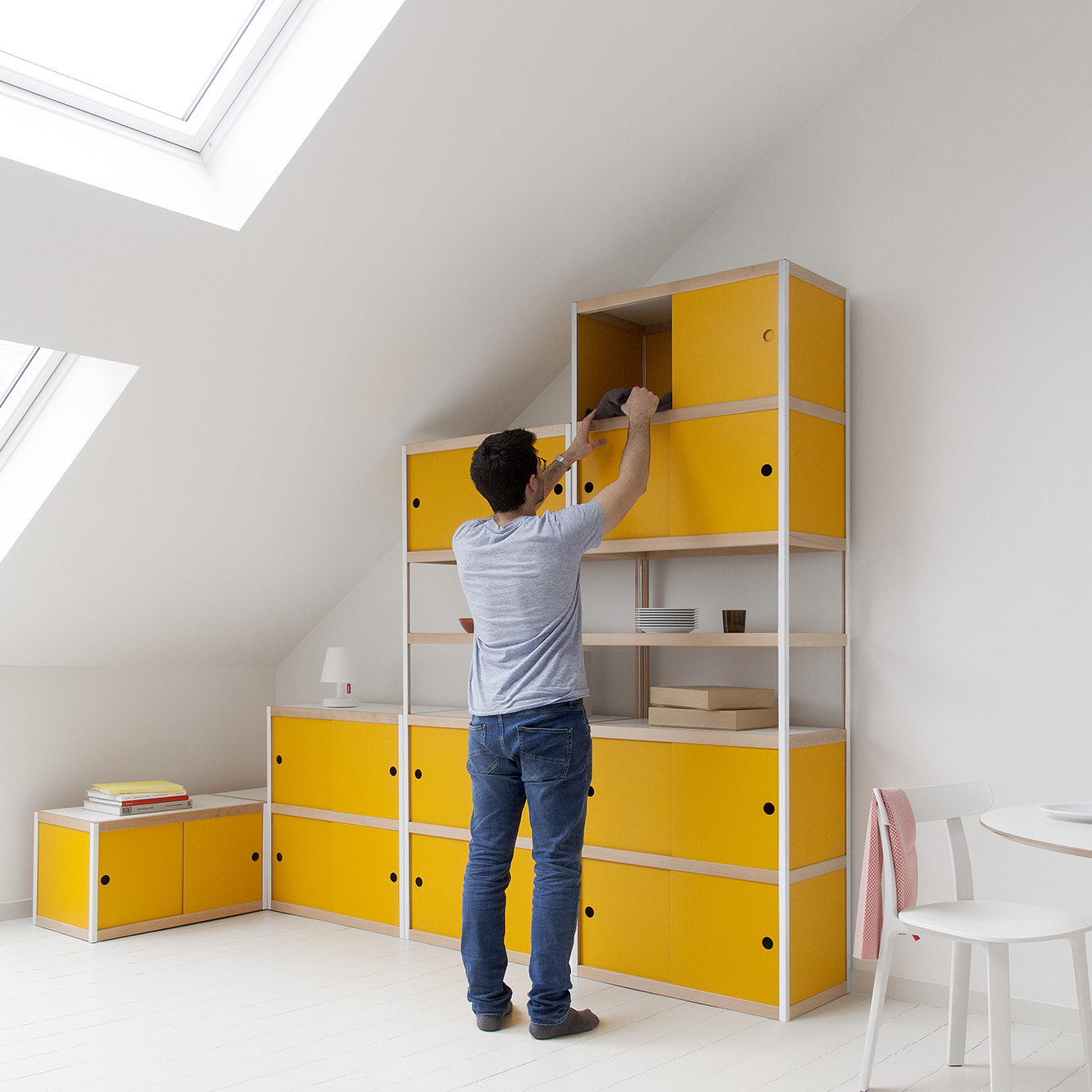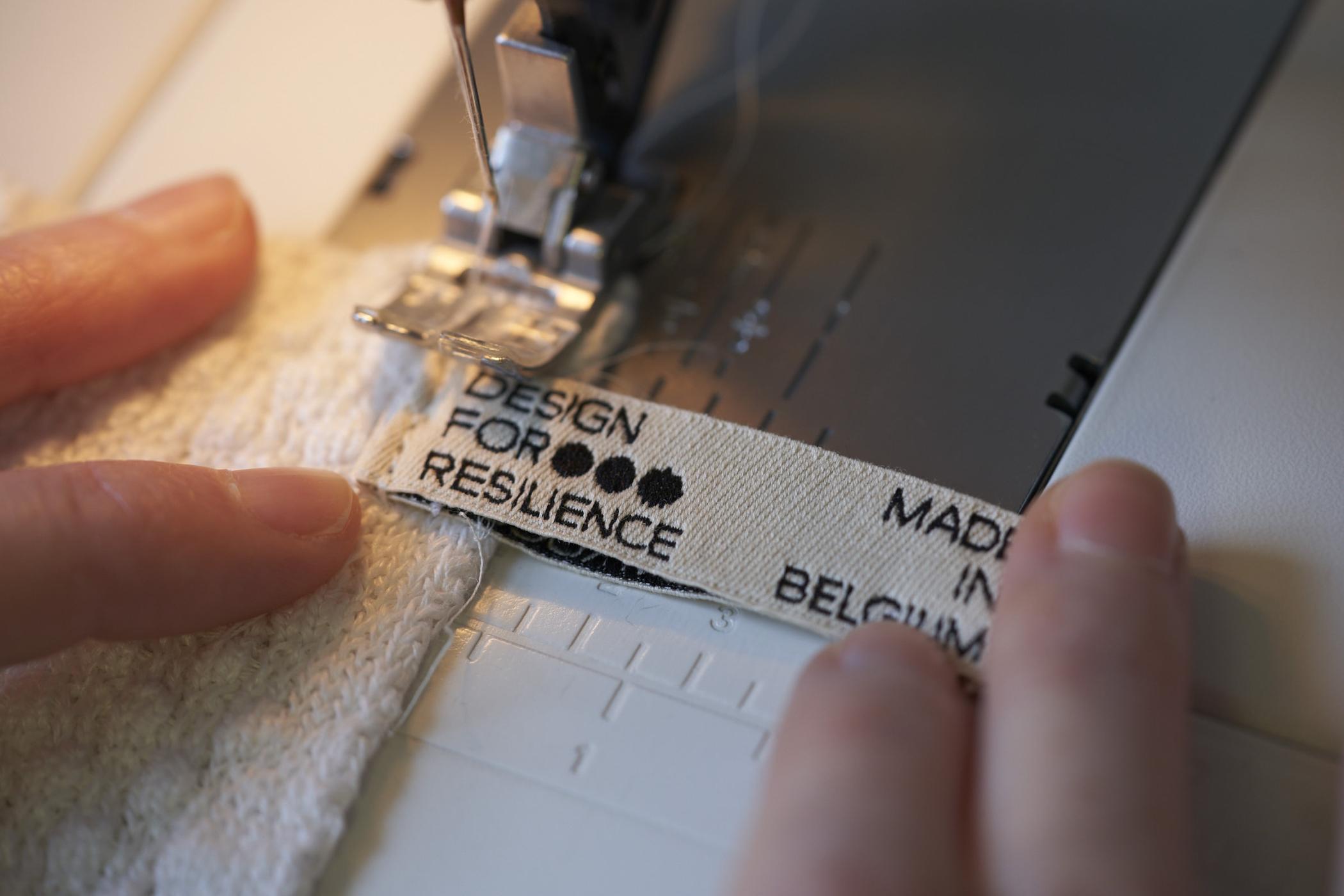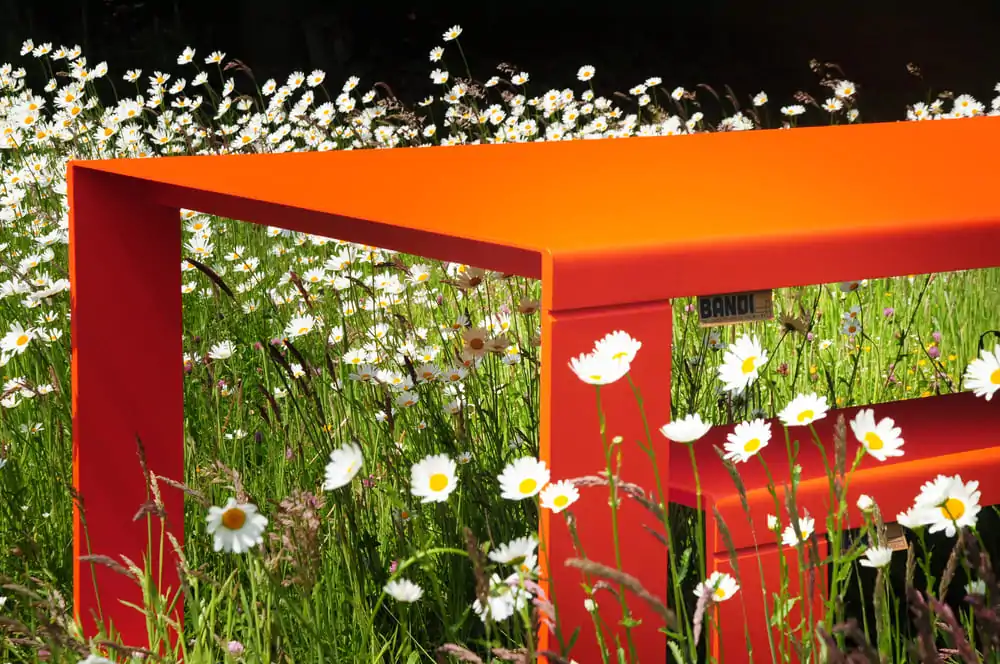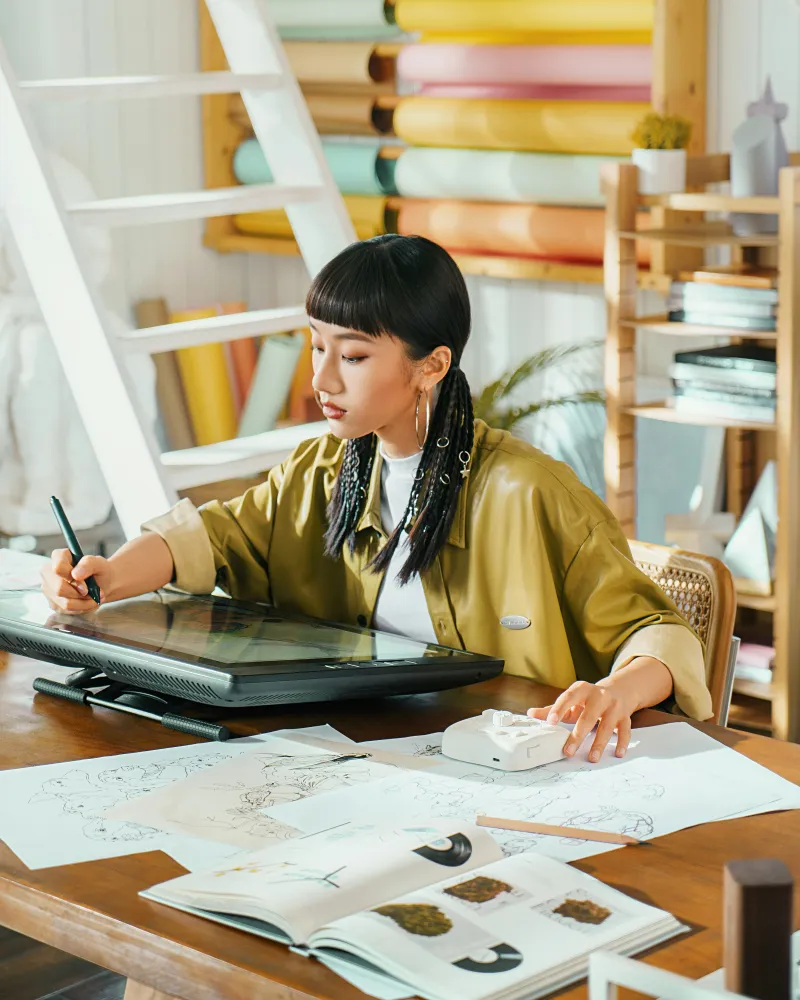At ECIV, we know that technology alone isn’t enough to build a circular future. We also need thoughtful, user-centred design - because products don’t just need to function, they need to last, be loved, and fit into new economic and environmental models. As Clio Brzakala, Director of Wallonie Design, puts it: “It’s the designer who ensures that the product is desirable.” This is where design becomes a strategic tool - not just for aesthetics or usability, but for extending a product’s life, reducing waste, and enabling repair, reuse, and recycling.
Designing for Reuse - Physically and Emotionally
Circular design starts with imagining not just the first user, but the next one. That means making products that are not only durable and modular, but also emotionally valued. A great example is Kewlox modular furniture, made in Eghezée, Belgium. With a structure guaranteed for life and a loyal second-hand market, the brand has built a circular community around timeless design.

Refurbish, Don’t Replace
Designers are also driving innovation in product refurbishment. By planning for easy disassembly, standardized components, and future upgrades, they make it possible to restore and resell products with minimal new material. This supports emerging circular business models - like product-as-a-service, where manufacturers retain ownership and users rent or subscribe to regularly updated products.
Reconditioning: Giving Parts a Second Life
Circular design doesn’t stop with whole products. Through reconditioning, individual parts can be reused in entirely new contexts - particularly important in times of component shortages. This approach also deepens the relationship between producers and users, creating valuable feedback loops that strengthen circular business models.
Making Recycling Easy—Or Unnecessary
Designers play a vital role in removing barriers to recycling. That means limiting material variety, avoiding harmful substances, and making sure components can be easily separated. Some even go a step further. Vanessa Colignon, of Design for Resilience, creates products from hemp and flax that are fully compostable at home. As she puts it: “Returning to the Earth is the best possible form of recycling.”

Beyond the Product: Rethinking the Whole System
Design also shapes the context around products - how they’re packaged, stored, transported, installed, and maintained. For example, the design studio IOL Strategic Design helped BANDI tables in Awans (Belgium) reduce logistics costs while maintaining a 100% local production model and strong visual identity.

A Systemic Role for Design in the Circular Economy
We’re entering an era where every product must be designed with circularity in mind. And designers are uniquely placed to bridge the gap between technical feasibility and user acceptance. As Brzakala concludes: “We have no choice: we’ll need to design more and more ‘virtuous’ products - and designers have a key role to play in this shift.”
At ECIV, we see design as a driving force in mission-oriented innovation. It’s how we turn circular principles into everyday solutions—fit for people, businesses, and the planet.


